
Three tips for caring for your pepper plant
We often get questions about caring for your own soaked pepper plants and how best to go about it. Read our blog with three important basic tips here.
Share:

Share:
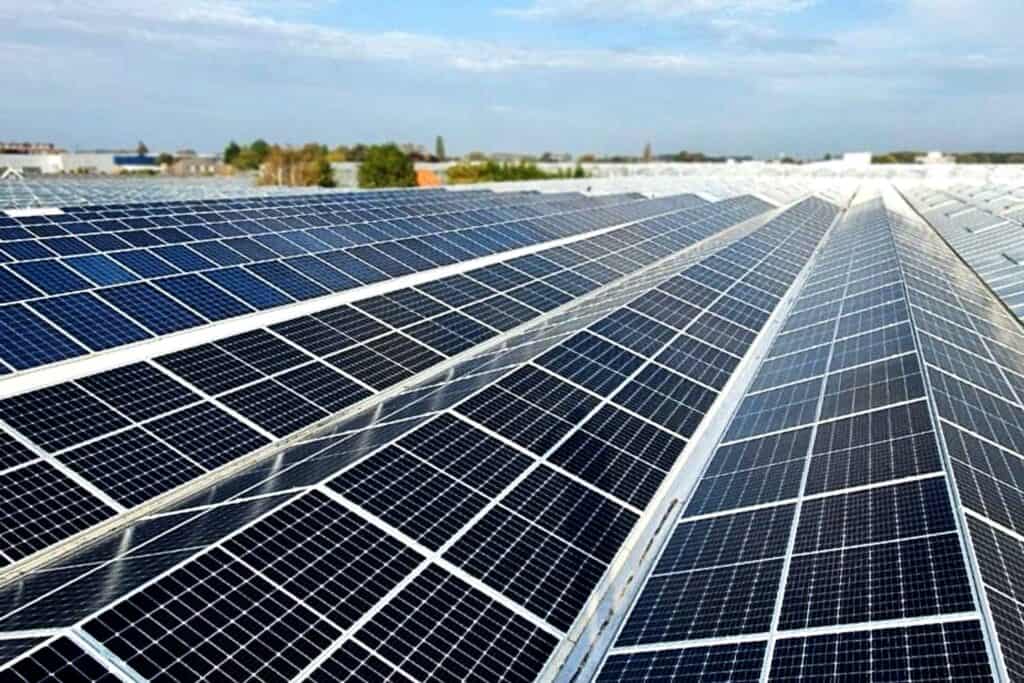
Solar energy is a sustainable way to generate energy. It never runs out and no CO² is emitted when converting solar energy into electricity. This is why we have invested heavily in solar panels in recent years. The roof of the packaging hall and barn in De Lier has been made suitable for solar panels, and a total of 1551 solar panels have been installed in various phases. The roof at our second location in 's-Gravenzande was also made suitable and 394 solar panels were installed there as well. The 1945 solar panels generate an average of 555,000 KWh of energy in one year, which is equivalent to the consumption of 200 households per year and about 70% of our annual consumption. And with our membership in heat cooperative Maasdijk, we are affiliated with Aardwarmte Maasdijk.
With our membership in Warmtecoöperatie Maasdijk, we are also affiliated with Aardwarmte Maasdijk. Warmtecoöperatie Maasdijk is a collaboration of growers who subscribe to the need for sustainability and want to put their backs into it. Together they are looking for affordable alternatives that reduce the use of fossil fuels. It is a collaboration of more than 80 glasshouse horticulture companies with approximately 400 hectares of acreage in Maasdijk, s-Gravenzande and de Lier.
Geothermal Heat Maasdijk is a cooperation between heat cooperative Maasdijk and HVC with the aim of stimulating and realizing sustainable heat for and with greenhouse companies in the Westland, including for our greenhouses in de Lier and Maasdijk. The project has been running for several years, and last week Pieter Varekamp, Alderman for Energy Transition of the Municipality of Westland, gave the go-ahead for it. For more information about the planning and the work to come, watch the video at the following link: https://www.aardwarmtemaasdijk.nl/nieuws/meer-over-de-planning-en-werkzaamhedenExtracting geothermal heat requires two wells, called a doublet. At one well, hot water is pumped up, and the heat from this water is transferred via heat exchangers to a local heat network. Through the other well, the cooled water goes back into the ground. The local heat grid then distributes the heat to greenhouses and buildings.
The video and photos below show that last week they began laying the 380-meter-long heat pipes. These pipes are needed to connect all the heat sources of the Warmtesysteem Westland. Warmtesysteem Westland is a local heat network through which various heat clusters, such as geothermal heat Maasdijk, can be connected so that heat can be exchanged between them. And eventually our greenhouses will also be connected to this heat system.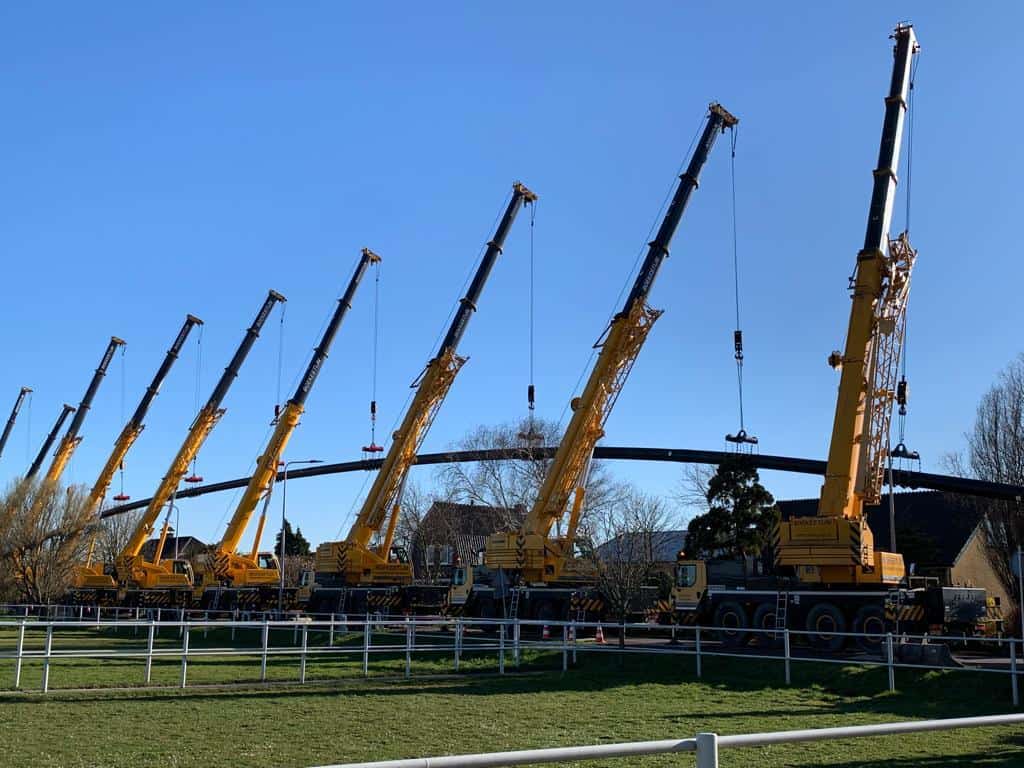
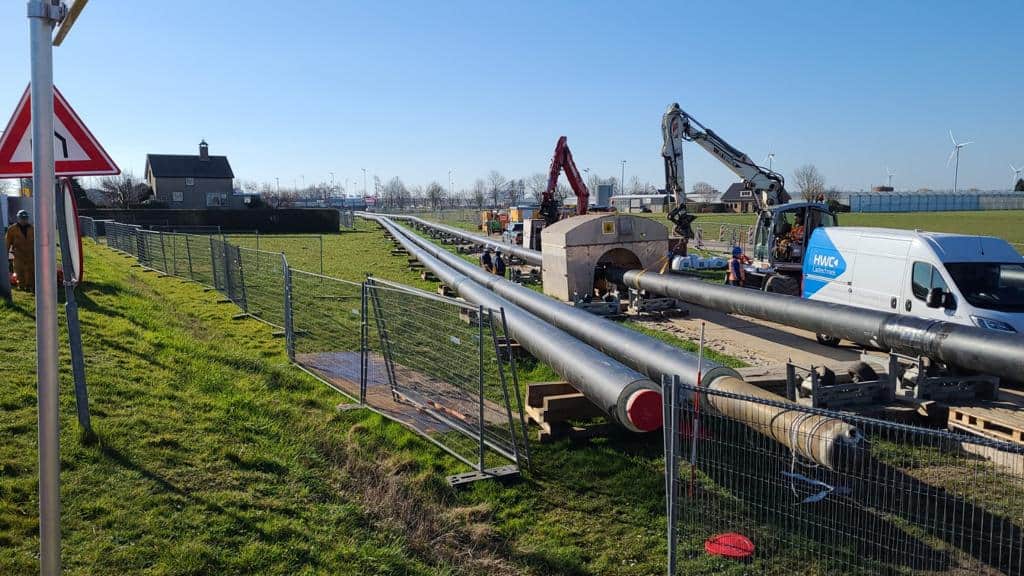
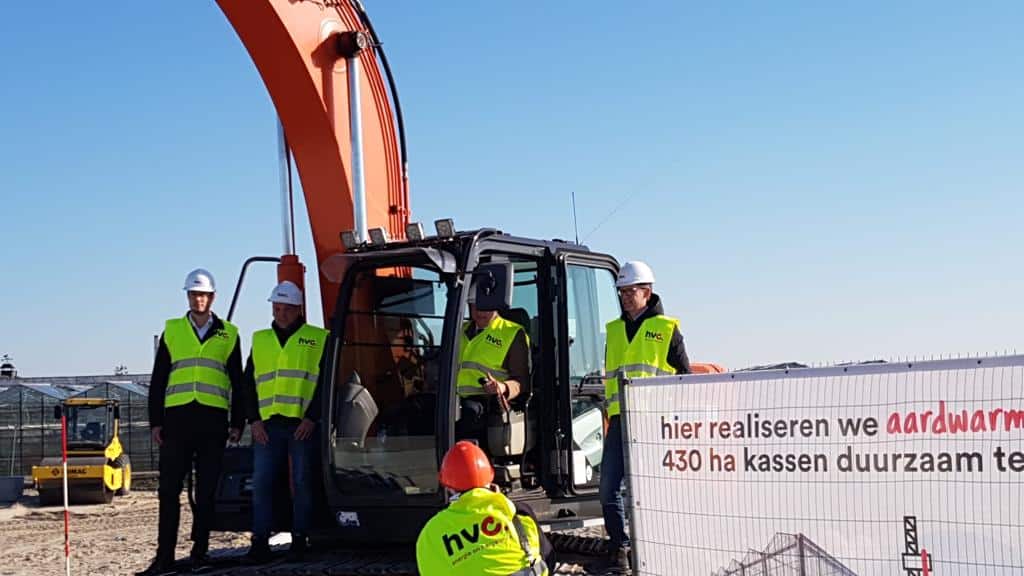
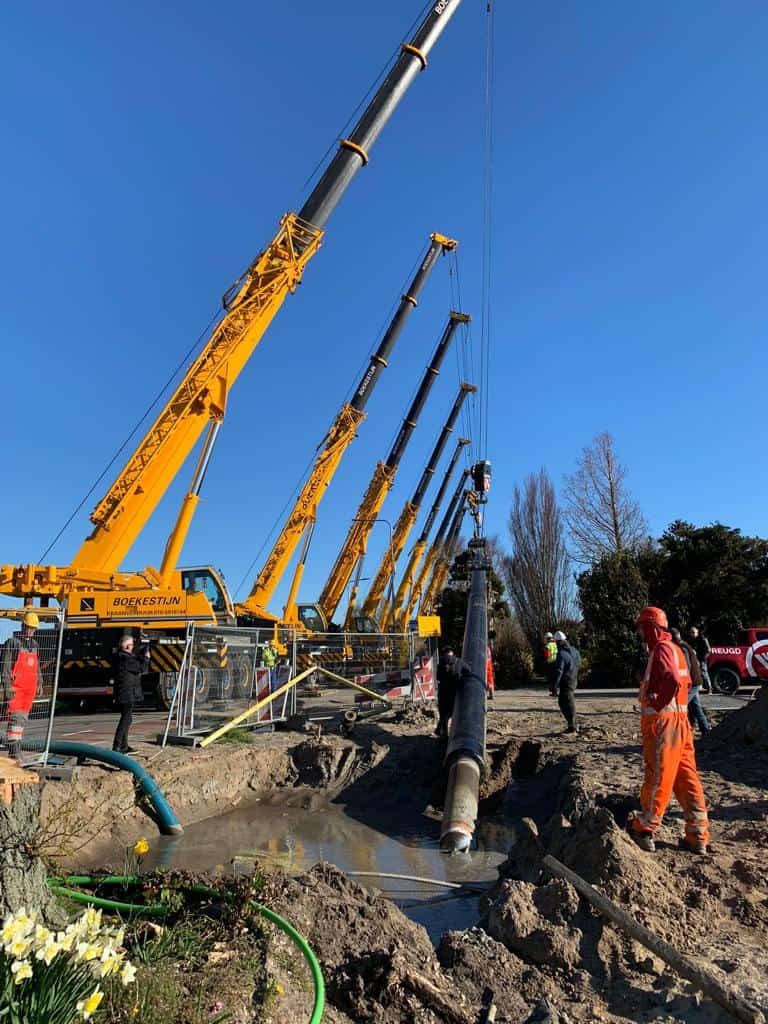

We often get questions about caring for your own soaked pepper plants and how best to go about it. Read our blog with three important basic tips here.
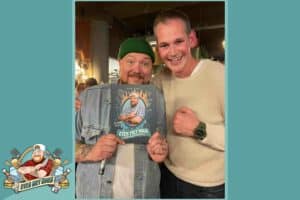
We are fans of Nick Toet and his YouTube channel Food with Nick! Every week he shares new recipes and often uses chilies to flavor the dishes. Check out the videos where he uses Westlandpeppers peppers here.

Every year we have a crop rotation, which means the old plants are removed and new small plants are planted in December. Watch a drone video of the greenhouses with the small plants here.
| Monday | from 8:00 a.m. to 5:00 p.m. |
|---|---|
| Tuesday | from 8:00 a.m. to 5:00 p.m. |
| Wednesday | from 8:00 a.m. to 5:00 p.m. |
| Thursday | from 8:00 a.m. to 5:00 p.m. |
| Friday | from 8:00 a.m. to 5:00 p.m. |
| Saturday | from 8:00 a.m. to 12:00 p.m. |
| Sunday | Closed |
Burg. Crezeelaan 44A
2678 KZ De Lier
The Netherlands
© Westlandpeppers | Webshop by Buro Staal
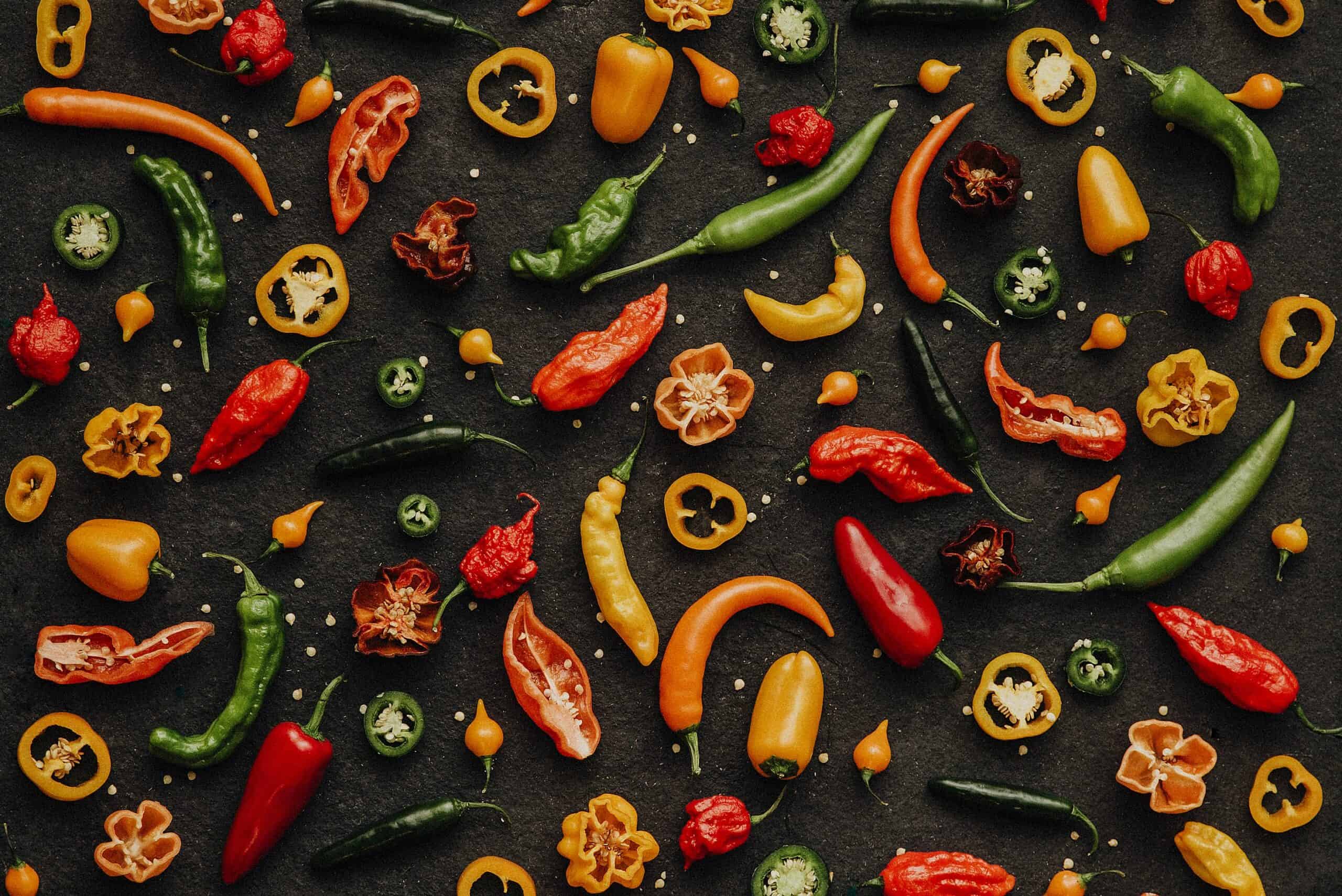
Thursday, May 29 (Ascension Day), the webshop will be closed. Orders placed after 11:00 a.m. Wednesday morning will be processed Friday, May 30. Thank you for your understanding!